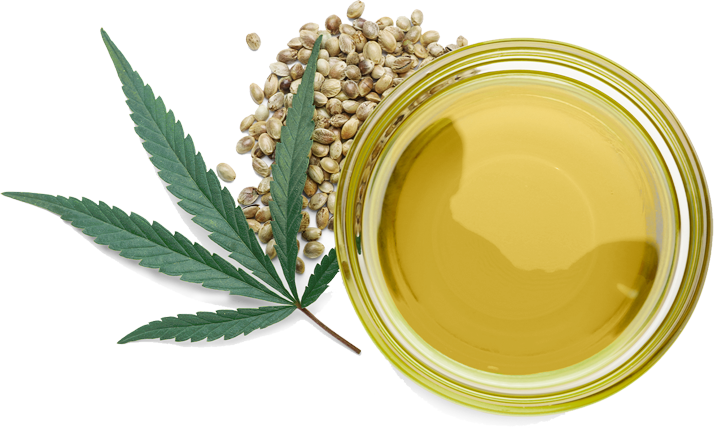What is Cannabis
Cannabis
Cannabis (Cannabis sativa) is an herbal drug. It contains chemicals called cannabinoids, including delta-9-tetrahydrocannabinol (THC) and cannabidiol (CBD).

Cannabis
Uses & Effectiveness
Cannabis is commonly used as a recreational drug. People also commonly use cannabis for multiple sclerosis (MS) and nerve pain. It is also used for nausea, vomiting, migraine, and many other condition.
CANNABIS FAQ
What are cannabinoids? What is marijuana?
Cannabinoids exert their action on the body by binding to the receptors that make up the endocannabinoid system. They modulate mood, movement, appetite, pain and sensation, memory, and perception.
When most people think of cannabinoids, they think of marijuana and other substances that come from the Cannabis sativa plant. The two cannabinoids that people are most familiar with are the naturally occurring tetrahydrocannabinol (THC), the psychoactive component of marijuana, and cannabidiol (CBD), which is being explored for a variety of medicinal purposes. Both of these cannabinoids can be extracted from the cannabis plant, or they can be synthesized in a laboratory.
However, there are also many other cannabinoids. The cannabis plant produces 120 different cannabinoids that are unique and not found in any other plant. They can be split into several different types, including THC, cannabidiol (CBD), cannabigerol (CBG), cannabinol (CBN), cannabinodiol (CBND), cannabielsoin (CBE), cannabicyclol (CBL), cannabitrol (CBT), and others.
There are also dozens of entirely synthetic, designer cannabinoids that are not found in nature, such as Spice/K2, JWH compounds, and others. They tend to be more potent and more toxic than naturally occurring cannabinoids, leading most governmental regulatory agencies to consider them illicit, toxic chemicals.
All synthetic and naturally occurring cannabinoids are prohibited in-competition, except for cannabidiol (CBD).
What are the health risks of using marijuana or other cannabinoids?
Marijuana (cannabis) use can have both short-term and long-term effects. In the short term, marijuana (specifically THC) causes a “high” that may include sedation, altered sense of awareness and time, changes in mood, impaired body movements and thinking, difficulty speaking or remembering, hallucinations, delusion, and psychosis. Long-term, chronic use of marijuana is associated with impaired thinking and memory, and even a loss of IQ among teenage users.
Other negative physical effects of smoking marijuana include dry mouth and throat, an increased resting heart rate, and the expansion of both lung passageways and blood vessels. Cannabis smoking can also produce rapid changes to heart rate, dizziness, and blood pressure.
A 2014 United Nations Office on Drugs and Crime report found that between 2006 and 2010 in the United States, there was a 59 percent increase in cannabis-related emergency room visits and a 14 percent increase in cannabis-related hospital admissions.[3]
Synthetic cannabinoids also pose a great risk to users and athletes. While synthetic cannabinoids may produce effects similar to marijuana, the severity is often greater than those produced by marijuana. When compared to THC, some of the compounds found in synthetic cannabinoids bind more strongly to receptors within the brain. This reaction could lead to potentially more powerful and unpredictable effects.
Since synthetic cannabinoid products may not list all of their ingredients on the packaging label, the effects of the product could also be different than what the user may expect. Consumption of these synthetic cannabinoids has resulted in numerous hospitalizations, [2] and the drugs have been reported to cause hallucinations, increased heartbeat and blood pressure, aggressive behavior, anxiety, muscle spasms, nausea, and vomiting.
The use and production of synthetic cannabinoid products have increased over the past few years, with products sometimes marketed as herbal mixtures, incense, or potpourri. The packaging labels of these products may list only natural herbs as ingredients, but analysis has revealed that they contain synthetic cannabinoids.
What is the legal status of marijuana, cannabidiol, and other cannabinoids?
In 2018, the Farm Bill was enacted at the federal level and redefined marijuana and hemp. Accordingly, marijuana is any cannabis plant that contains 0.3 percent or more of THC, and hemp is defined as the cannabis plant that contains less than 0.3 percent of THC.
Marijuana is still a Schedule I substance on the US Controlled Substances Act. Schedule I lists drugs or other substance that have a high potential for abuse, have no accepted medical use in the United States, and do not have accepted safety guidelines for use.[2] Some state governments have passed laws removing restrictions on the use of marijuana for personal or medicinal reasons within the state. At this point, there are ongoing debates between the federal and state governments around whether the federal government can or should interfere with state marijuana laws. Regardless, marijuana is prohibited in-competition by the World Anti-Doping Agency, and this status applies to all athletes regardless of the state laws where they live.
On the other hand, hemp is not a controlled substance and may be cultivated for a variety of purposes. For the most part, hemp-derived products may be sold across state lines as long as the items are otherwise produced according to the law.
There is ongoing debate about the legal status of cannabidiol, which can be derived from marijuana or hemp. The FDA has clarified that cannabidiol is not a legitimate dietary ingredient, and therefore it cannot be marketed or sold in foods or drinks, including candies, gummies, brownies, chews, or beverages of any type, or in dietary supplements. There is one Food and Drug Administration (FDA)-approved drug that contains CBD, called Epidiolex. Read our 6 Things to Know About Cannabidiol article for more information
What's the best way to store different forms of marijuana?
- Flower/bud: Store in a glass jar with a lid, and in a cool, dry place. Don’t refrigerate; Temperature and humidity shifts could encourage mold. Don’t freeze, either; it could make the tiny trichomes containing pot’s active ingredients fall off.
- Gummies and other candies: Put in an airtight container in a cool, dark place. Follow label instructions — some brands suggest refrigerating.
- Baked goods: Wrap first in waxed paper or aluminum foil, then store in a container with a tight-fitting lid, in the refrigerator or freezer.
- Cartridges: Cannabis oil cartridges for vape pens should be stored in a cool, dry, dark place.
- Tinctures: Place in a glass bottle in the refrigerator or freezer for long-term storage. For the short term: a cool, dry, dark place.
I keep hearing about Indica versus Sativa cannabis: What do I need to know?
These days, not much. Historically in cannabis culture, indica referred to a type or strain of cannabis plant that in the past was known for its calming and relaxing effects. Consumers are often told that indica has shorter, broader leaves than its close relative sativa, and that it’s low in THC and high in CBD. Sativa, by contrast, was known for its energizing effect. In the scientific community today, however, that distinction between indica and sativa has largely disappeared: Most cannabis products available for purchase are plant hybrids with a biochemical content that cannot be determined by appearance.







